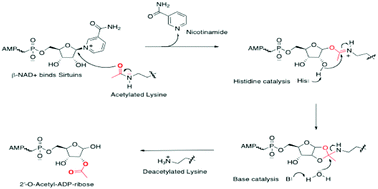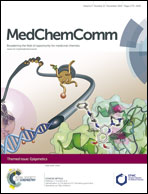Can we use the epigenetic bioactivity of caloric restriction and phytochemicals to promote healthy ageing?
Abstract
In 2011, the Centers for Disease Control and Prevention reported that half of Americans are using food supplements, intended to provide them with nutrients that they believe they consume in insufficient quantities. Dietary supplements were repeatedly said to be unnecessary if one eats a balanced diet but within the booming “silver economy”, sales of vitamins, minerals and supplements totalled nearly $23 billion in the US last year (Euro monitor International). Seventy eight “antioxidant” supplements trials including 296 707 participants were reviewed by the Cochrane Database System Review. It was concluded that beta-carotene and vitamin E supplements, instead of promoting longevity, were increasing mortality and so may high doses of vitamin A. Several nutrition interventions with or without edible phytochemicals, fasting regimens, and food supplements have now been tried to prevent the development of many different types of tumors. Most were known as antioxidants and are now repurposed because they were shown to change the epigenome. Epigenetic marks are enzymatic tags deposited on the genome which do not change the DNA sequence but change gene expression. They are reversible and epigenetic dietary interventions are thus suggested for the prevention of ageing, ageing related diseases and for breaking the vicious circle of the trans-generational epigenetic inheritance of the metabolic disorders. It is a pressing issue because more and more children are exposed to parents' obesity and are at risk of developing type 2 diabetes. Why is it relevant to propose epigenetic “Nutricures” to prevent diseases linked with ageing? To answer this question we produce this review, whose scope is to underline the importance of the nutritional contribution for a correct functioning of epigenetics. Almost all chromatin-modifying enzymes utilize co-factors, which are crucial metabolites for core metabolism pathways. Because the cellular concentrations of these metabolites fluctuate as a function of the metabolic status of the cell, the activity of most epigenetic enzymes depends on the cell metabolism and thus nutrition. Through one selected representative example, sirtuins, and their metabolic co-factor, nicotinamide, we illustrate the nutrition and epigenetic connections. Then we describe the epigenetic activities of some polyphenols. Finally we underline that with globalization there is a continuing trend changing the variety of food items that we consume. Each may have bioactive effects that may combine with additional epigenetic effects of pollutants such as pesticides. We plead likewise that because they are bioactive, “Nutricures” and food supplements should undergo better evaluation before marketing.


 Please wait while we load your content...
Please wait while we load your content...